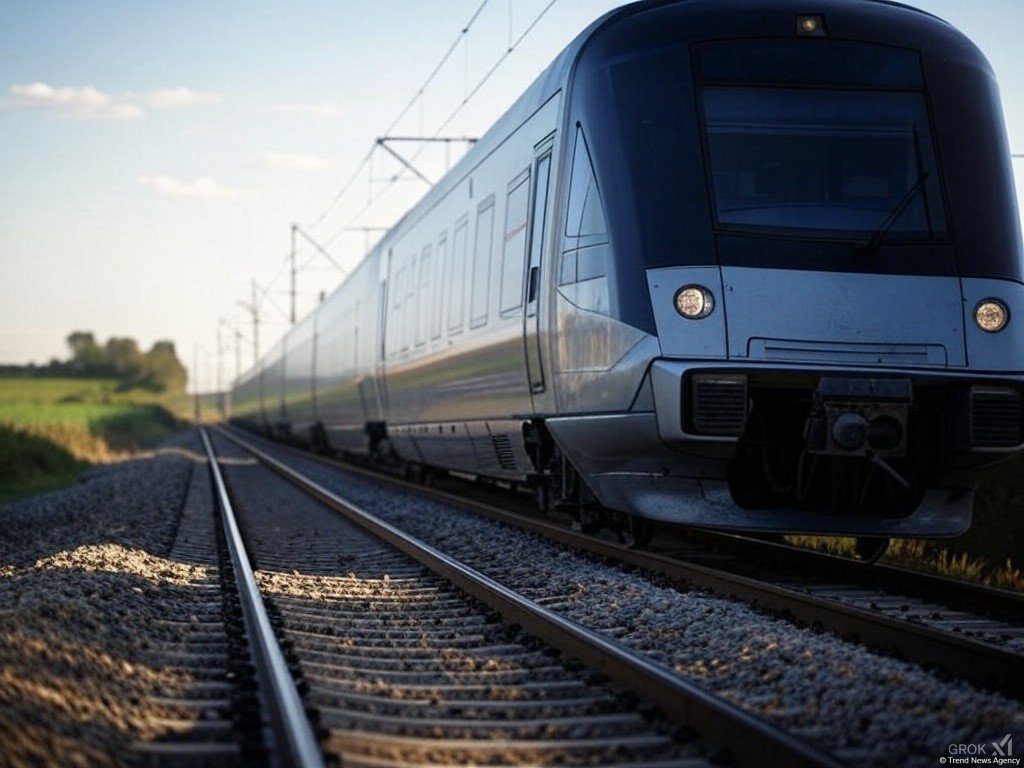BAKU, Azerbaijan, February 7. In 2023, the European Union’s railway network spanned 200,947 kilometers, with the highest densities concentrated in major cities and densely populated regions, Trend reports.
Czechia had the most extensive rail coverage relative to land area, with 123.2 meters of railway per square kilometer. Other countries with high network densities included Belgium (119.2 m/km²), Germany (109.5 m/km²), and Luxembourg (104.8 m/km²).
At the other end of the spectrum, Greece (14.0 m/km²) and Finland (19.4 m/km²) had the lowest railway densities. Similarly, Sweden (26.8 m/km²), Estonia (27.2 m/km²), Portugal (27.8 m/km²), Latvia (28.9 m/km²), and Ireland (29.8 m/km²) also featured relatively sparse railway coverage.
The EU’s high-speed railway network - designed for speeds of 250 km/h or more - has seen substantial growth, improving connectivity across national borders. Over the past decade, the high-speed network expanded by 2,744 km, a 47.2% increase, reaching a total of 8,556 km in 2023.
Spain led the way in high-speed rail development, with its network growing by 66% from 1,919 km in 2013 to 3,190 km in 2023. France followed with 2,748 km (+35%), while Germany (1,163 km, +32%) and Italy (1,097 km, +63%) also recorded significant expansion. Belgium (211 km) and the Netherlands (90 km) maintained their existing high-speed rail lengths, while Denmark’s 57-km section, inaugurated in 2019, remains the latest addition to the network.
The steady expansion of high-speed rail highlights the EU’s commitment to enhancing cross-border connectivity and sustainable transport options.







